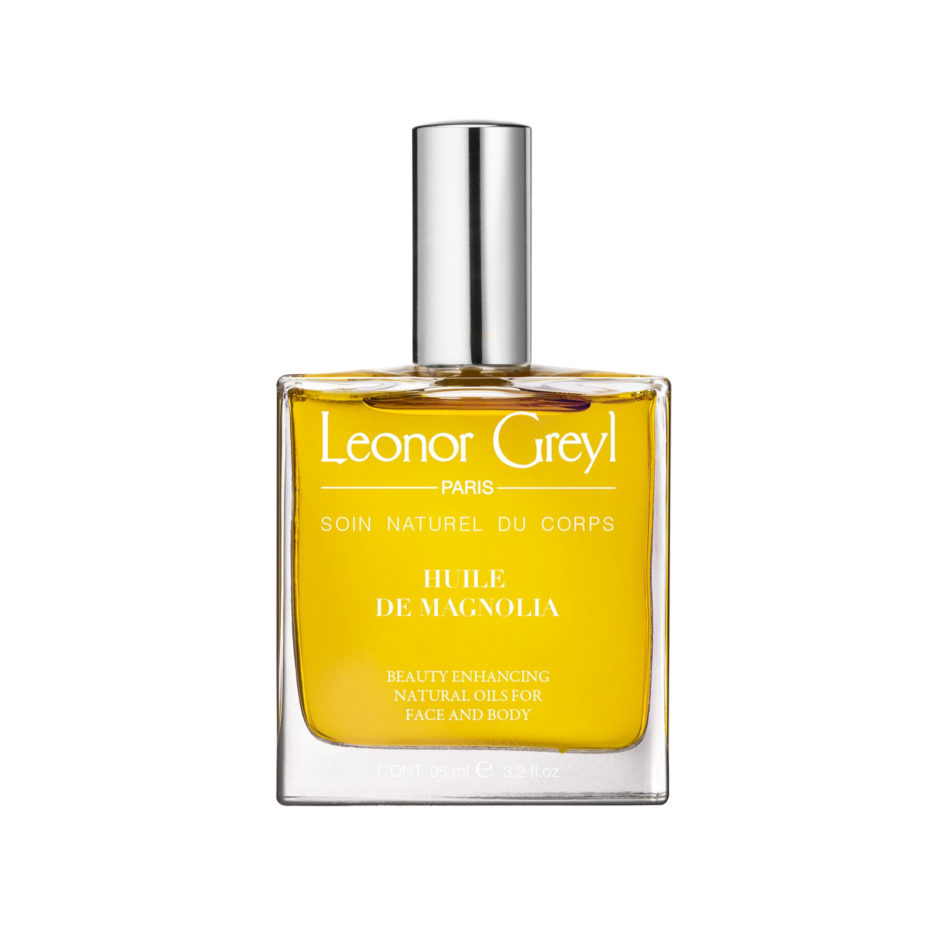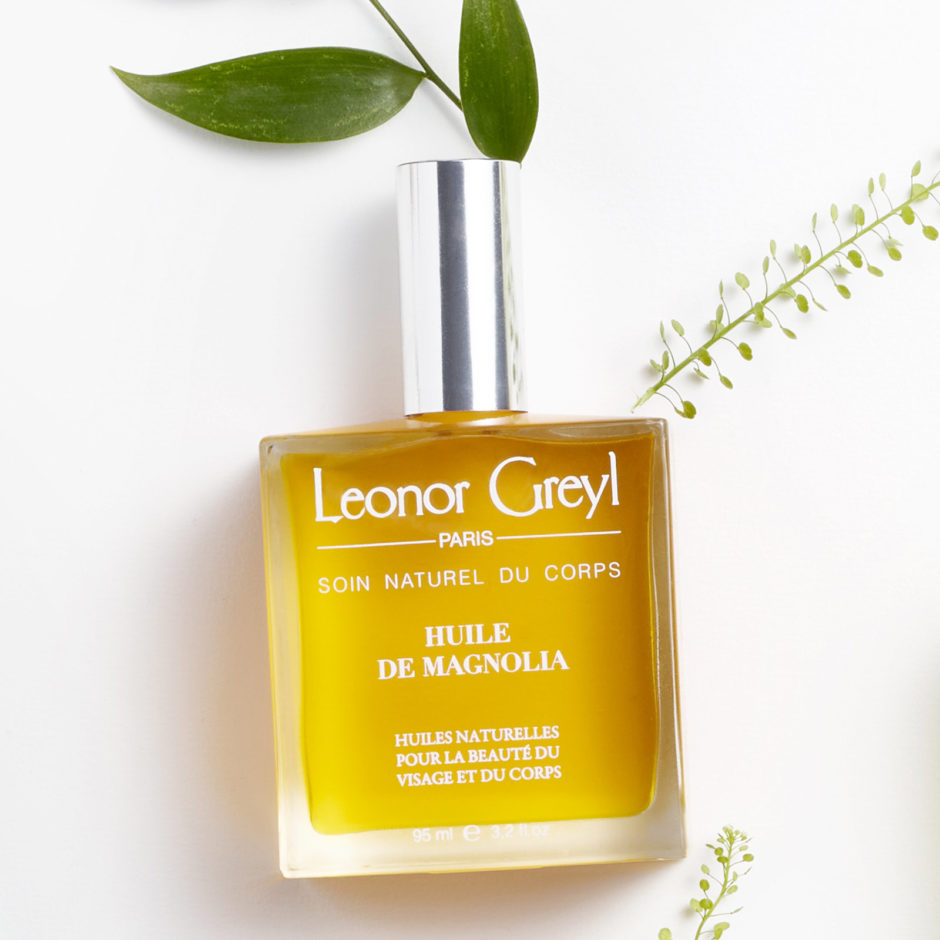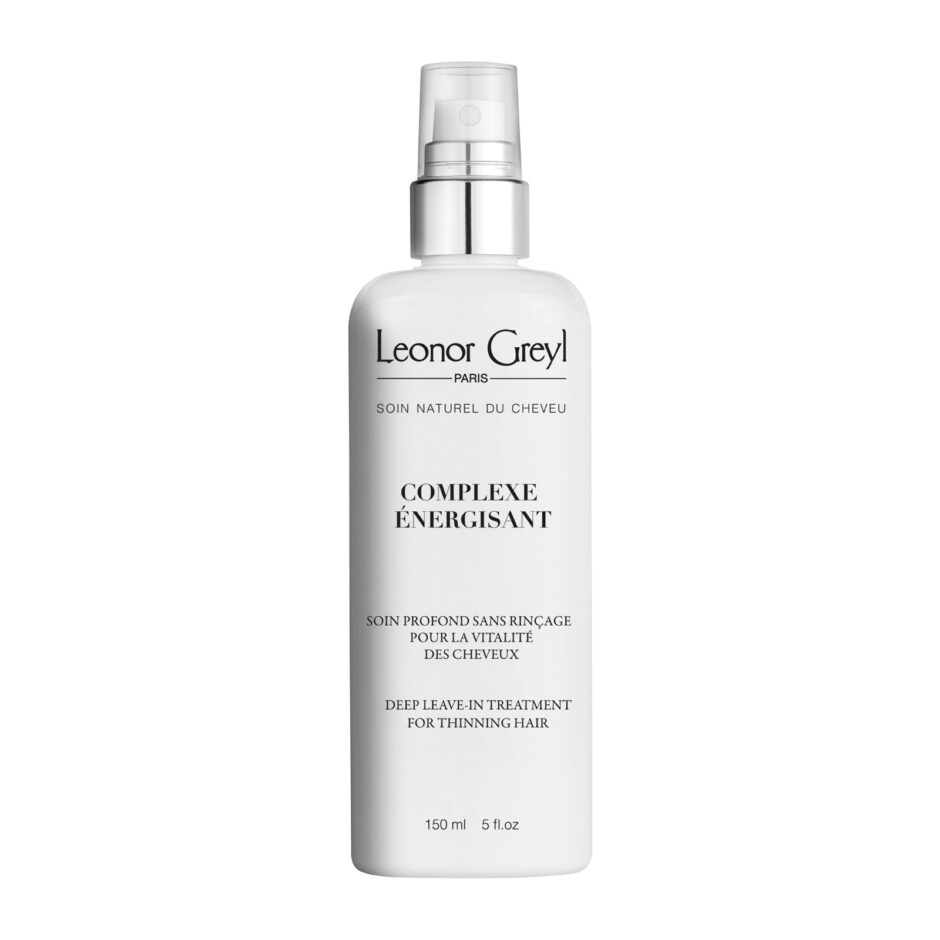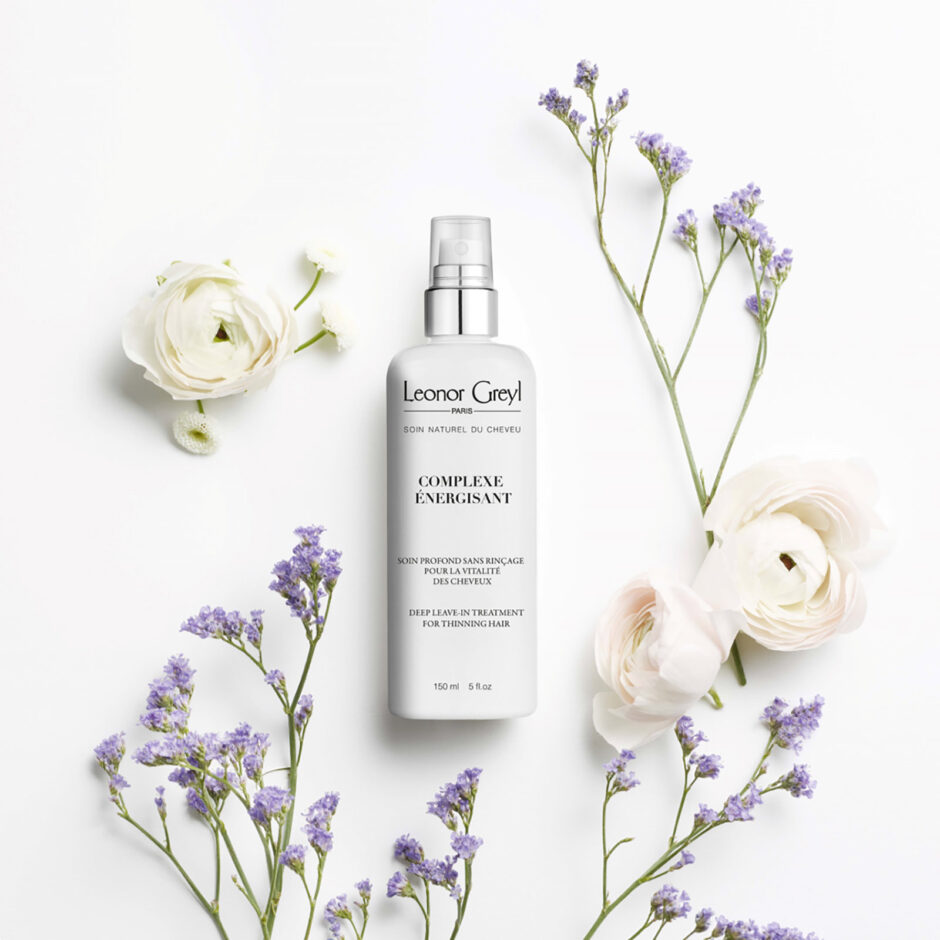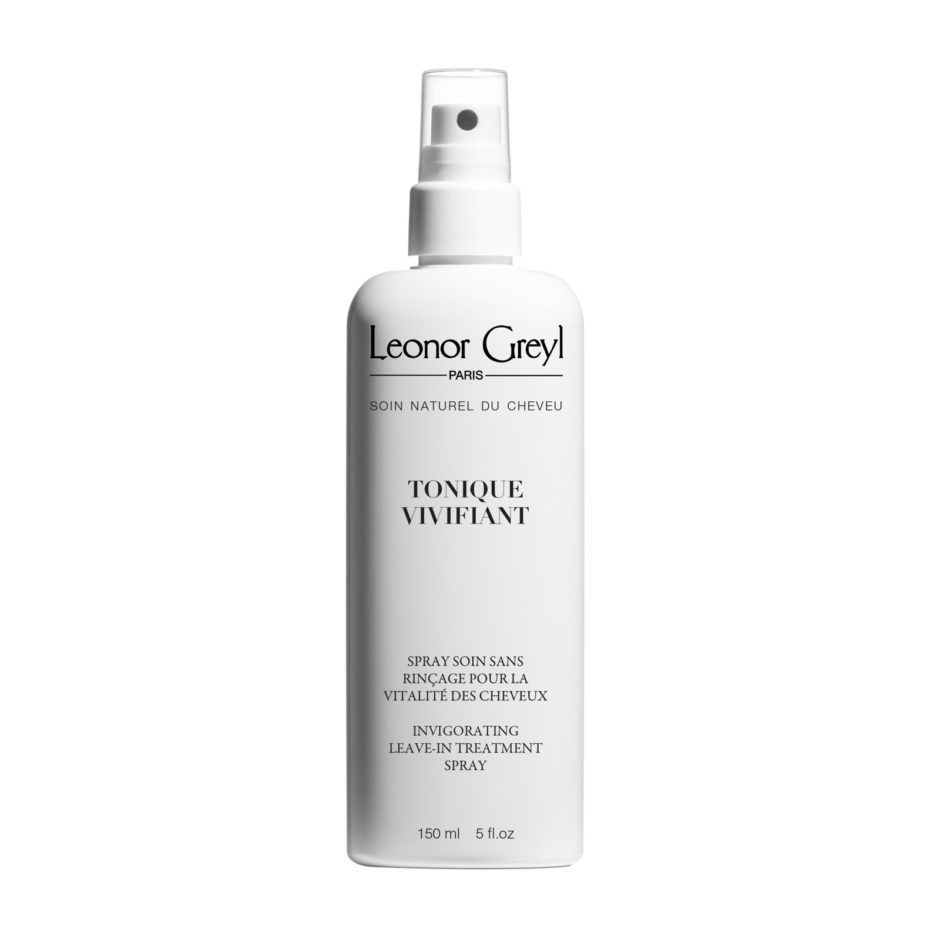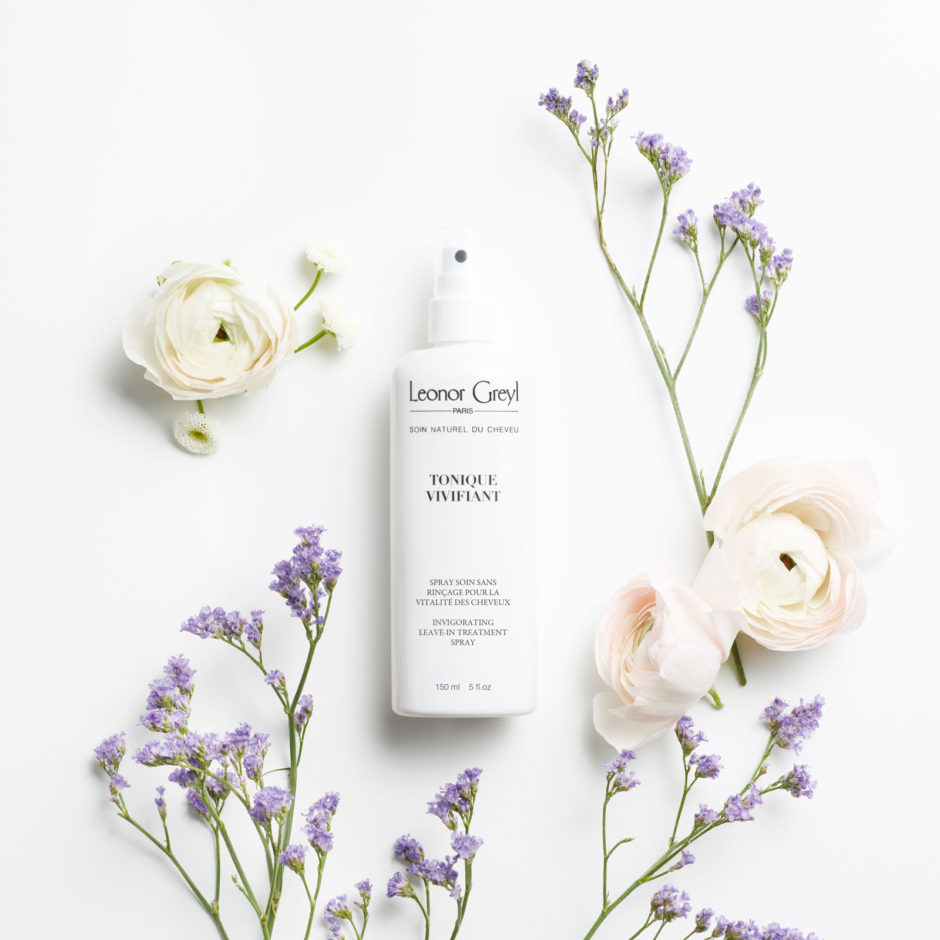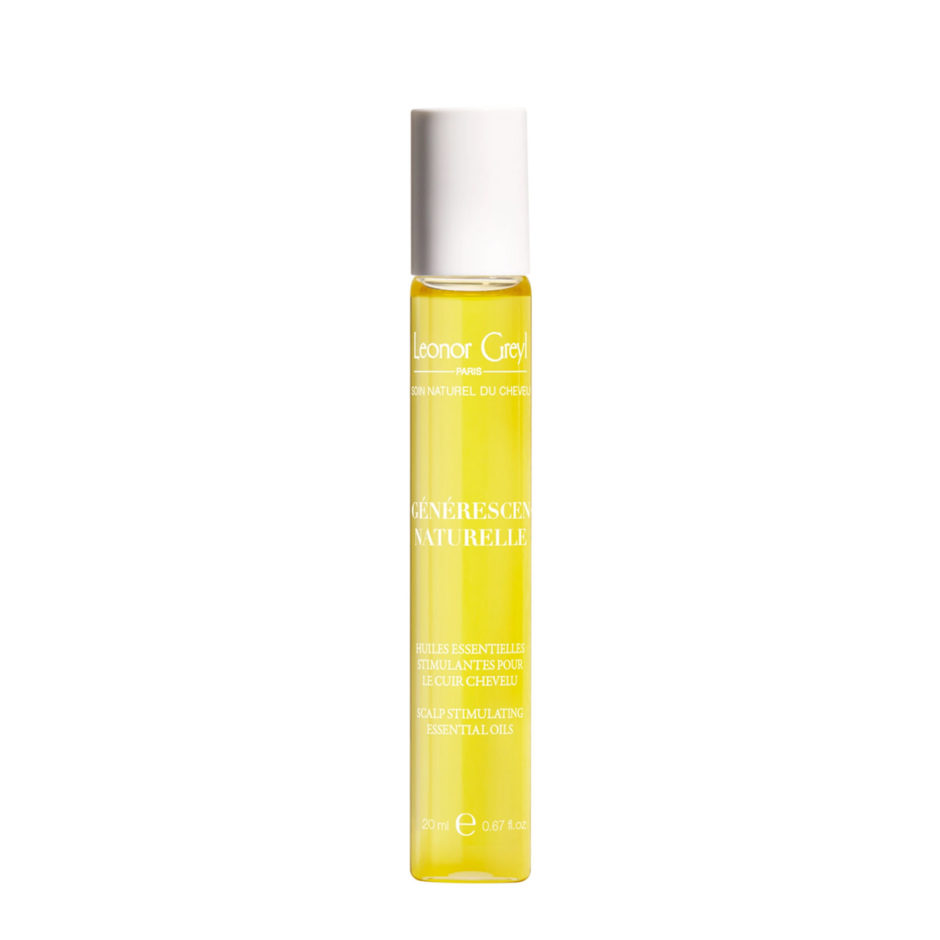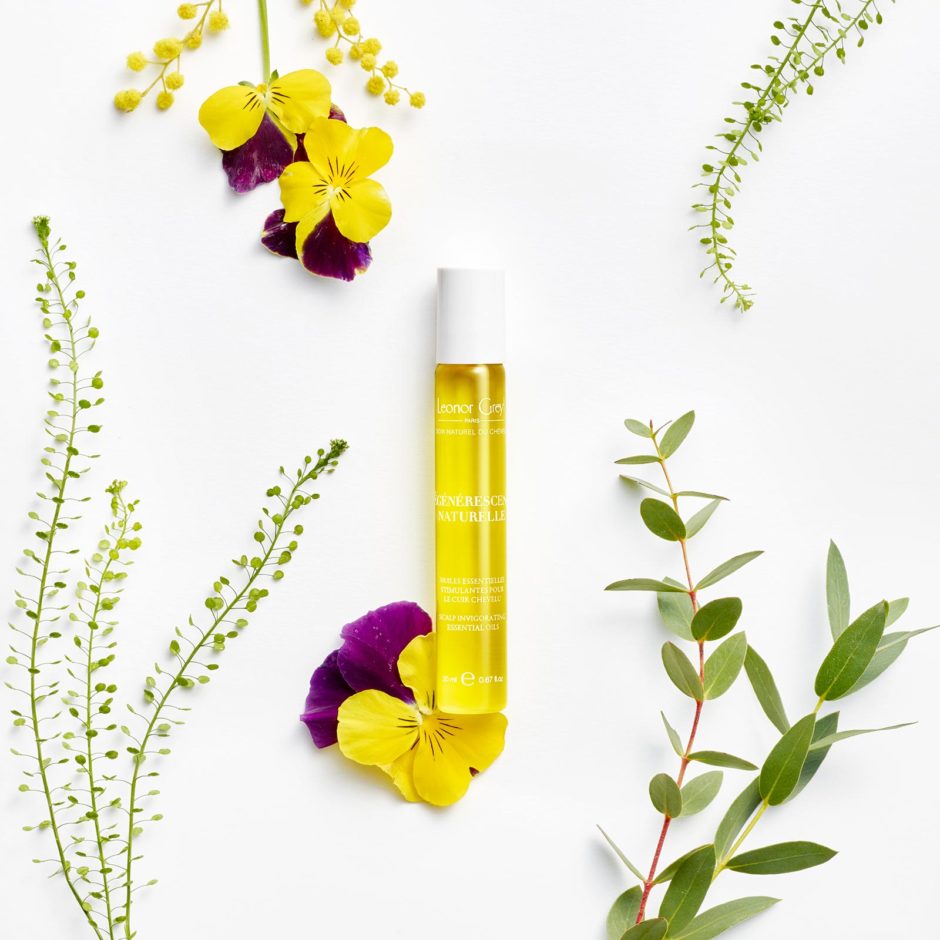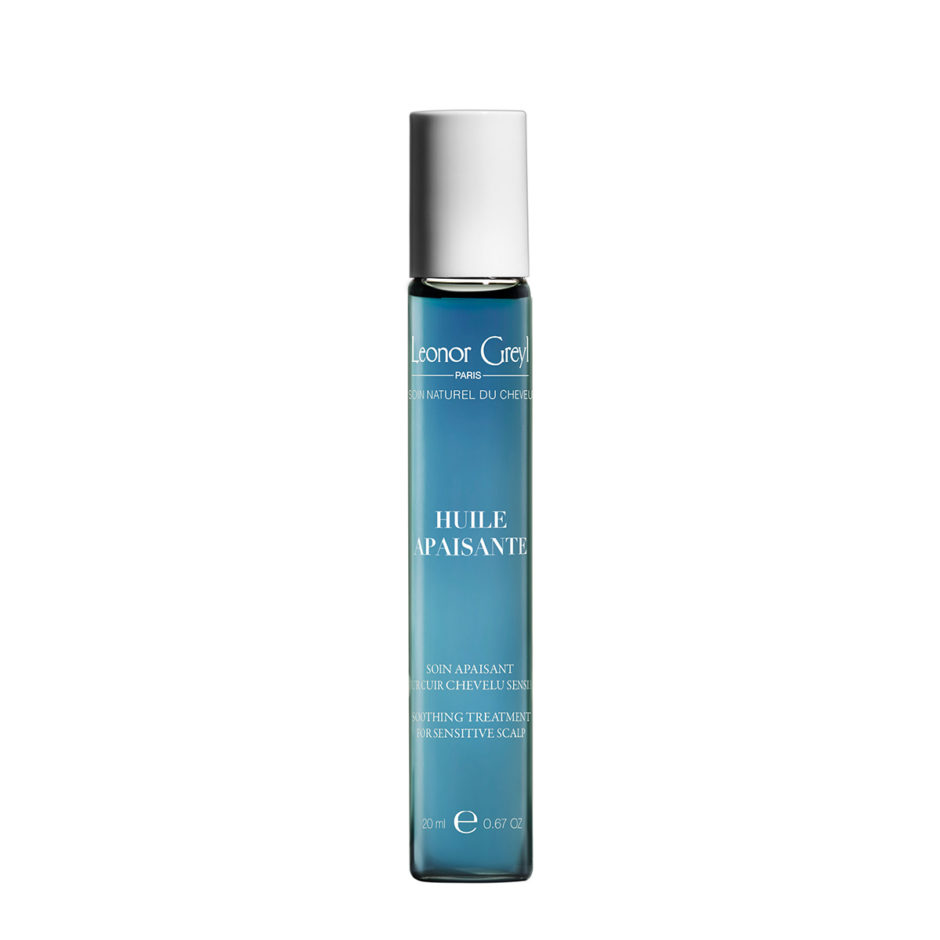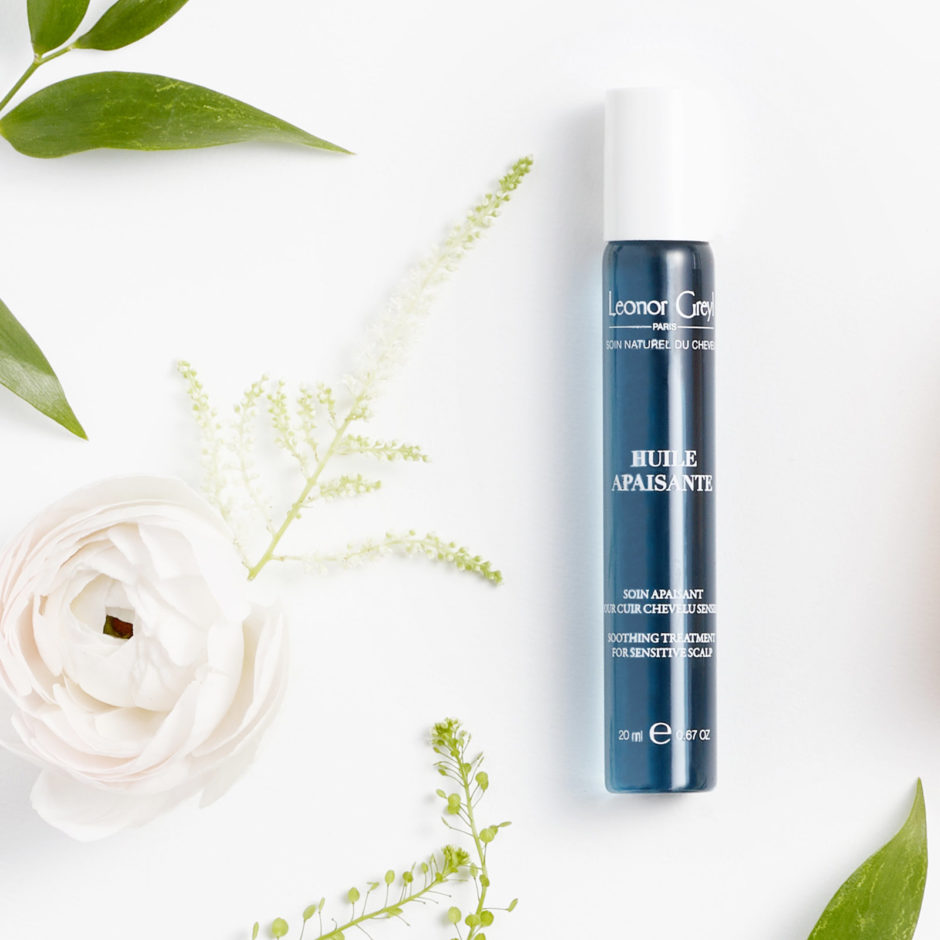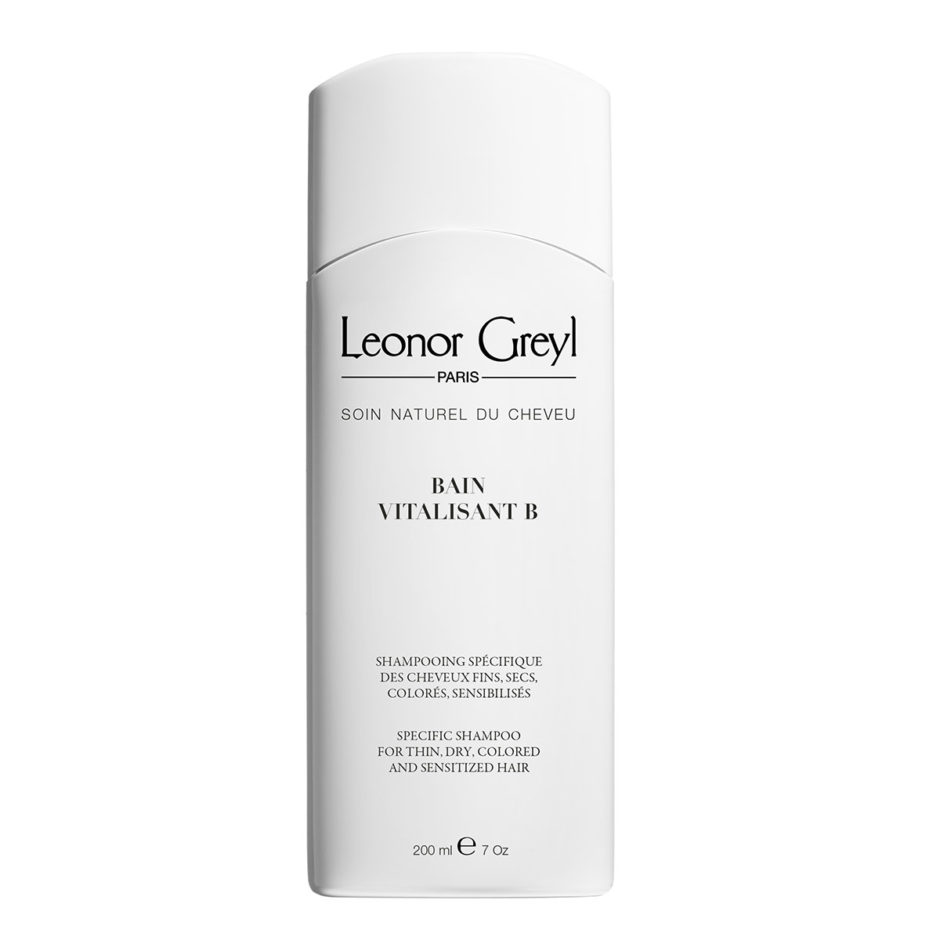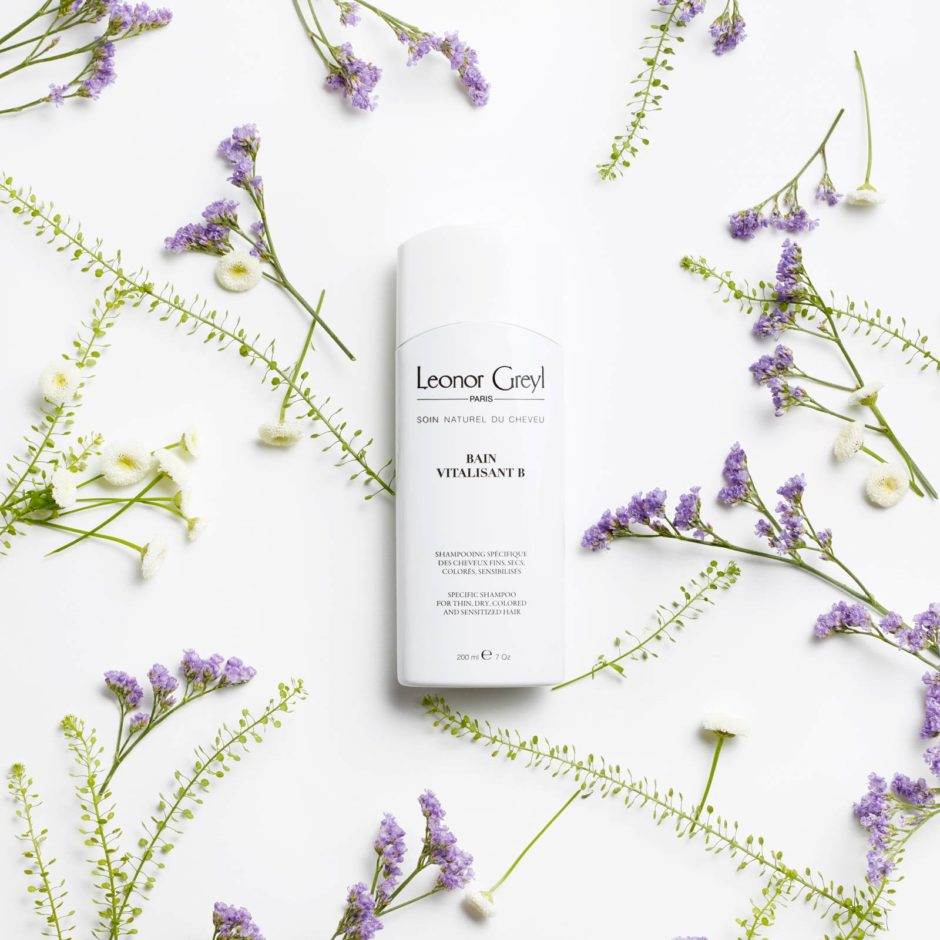A breast cancer diagnosis holds so much uncertainty and loss of control, and yet now also holds signs of hope. More women are surviving breast cancer than ever before, and a greater number of specialized therapies for different subtypes of breast cancer are leading to better individual outcomes.
Unfortunately, chemotherapy continues to be one of the most effective therapies, and one of its side effects is hair loss, which can deeply affect a woman’s sense of identity. While it’s impossible to predict how chemotherapy drugs will affect your hair, it is possible to take steps that give you more control over your experience with hair thinning or loss. Caring for your hair and scalp during and after chemo can improve your eventual grow-out and give you a sense of power in an often powerless time.
We talked with Kat Savano, Leonor Greyl’s U.S. Educator, about the hair care recommendations she gives her clients with breast cancer, and how she advises them in navigating their individual treatment outcomes.
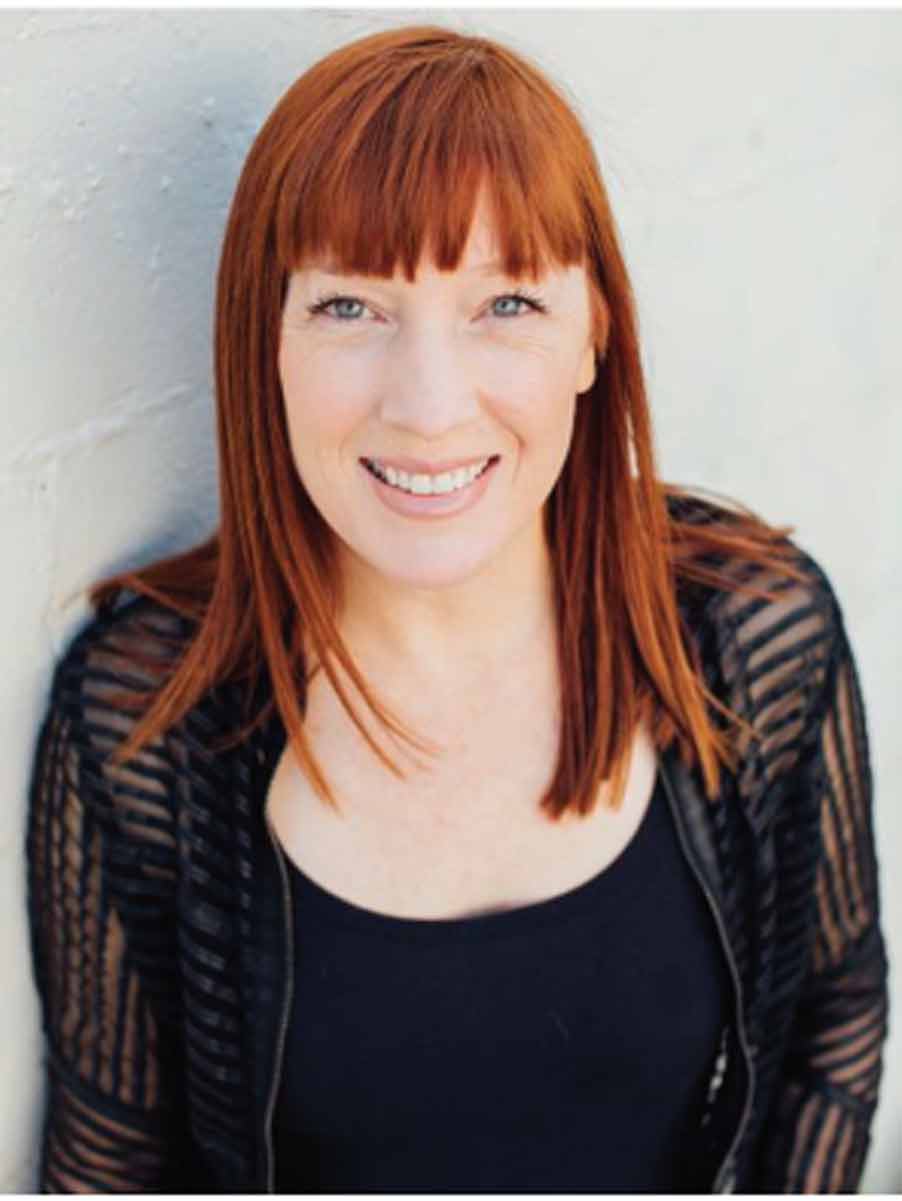
After the diagnosis—where to start?
It’s tempting to want to start treating your hair and scalp for potential hair loss before it happens. The catch-22, as Savano explains, is that you don’t know for sure what the breast cancer treatment will do to your hair. She says, ”If you are going to lose your hair, the more you massage it and work the scalp, the quicker it will come out.”
Instead, she sees some of her clients starting by deciding what their “look” will be if they do lose their hair. Hats? Scarves? Wigs? Because hats and wigs can be very hot on the scalp, some women decide to embrace a bald head after trying them out. Whatever the final choice, Savano recommends going through the process to see what you are comfortable with—and having family members or good friends do it with you for support and feedback.
Healthy scalp and hair during and after chemo
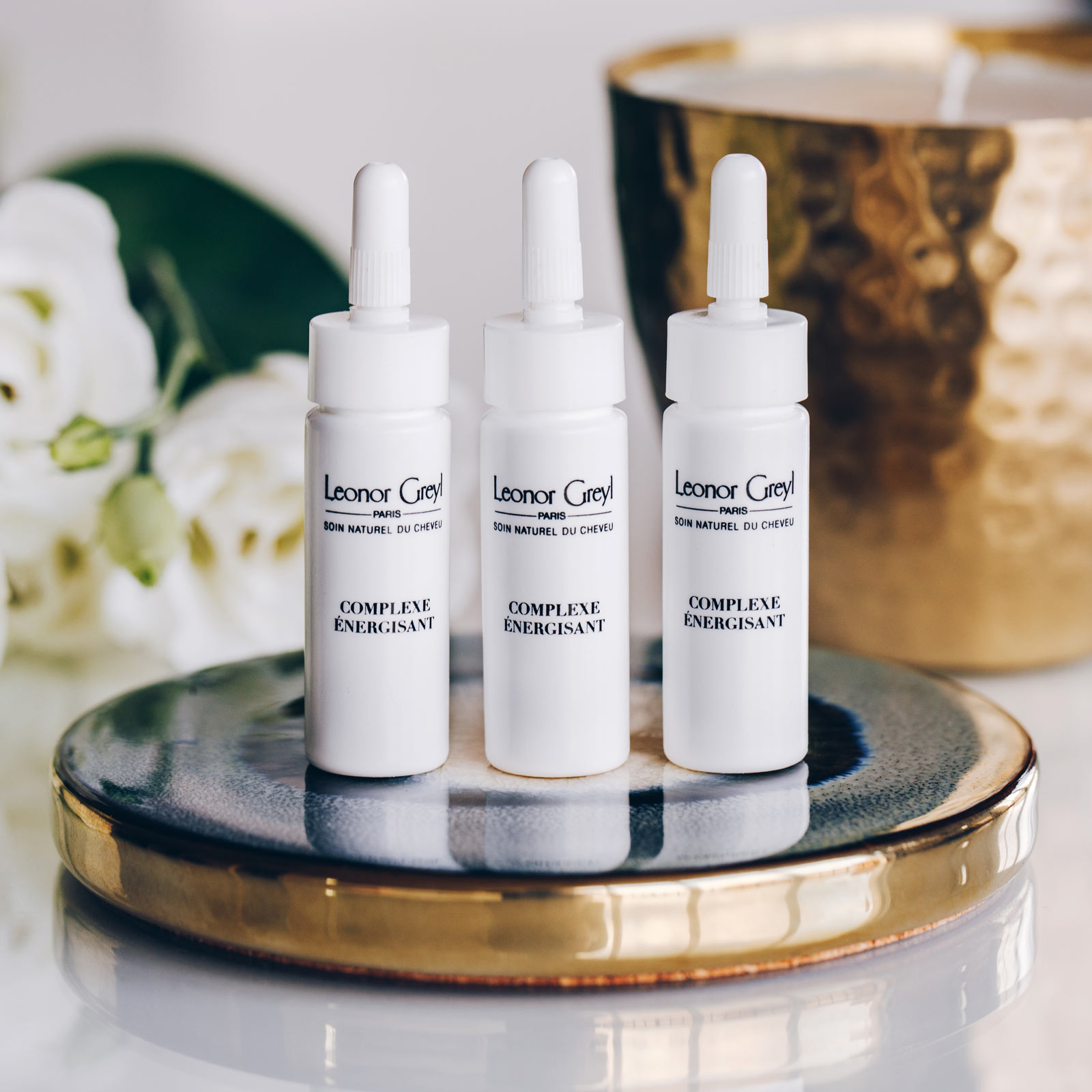
Once her clients undergoing chemo start to lose their hair, Savano has seen good results using Leonor Greyl products both during the treatment period and as their hair grows back.
“Like anything else you put in your body, chemo drugs come out in your hair, skin, and nails,” says Savano. “It’s important to keep the medicine, which is excreted from the sebaceous glands, from sitting on your scalp.” She recommends using the scalp oil treatment Régénerescence Naturelle to stimulate blood circulation and help remove the excess sebum. Massage it into your scalp in the evening and shampoo in the morning, using Bain Vitalisant B shampoo, a great chelator and gentle cleanser that fortifies and protects fragile hair, providing lipids and collagen.
Also for her clients dealing with breast cancer, Savano suggests using Bain Vitalisant B with a leave-in tonic—either Complexe Energisant or Tonique Vivifiant—applied to a clean scalp and left in to improve lipids and elasticity and put nutrients back into scalp and hair. “Complexe is more concentrated, so it is really the best option for this, but Vivifiant is easier to use because it’s in a spray bottle, so I always mention both of them. They really improve the texture of the hair that comes back, and the shine quality.”
Making your own hair choices
It might feel that knowing your hair could fall out leaves you with few choices, but Savano counsels her clients who find they are losing their hair to cut it short in a style they like so that the fallout is not so obvious, and then eventually shave it if it is mostly falling out. But, she says, “Everyone’s journey is a little different. I try to partner with them in making their decisions.”
When hair does start to grow back, she recommends getting a shaping cut instead of just letting it grow in. “Something short and cute and sassy, that looks intentional and feels more powerful. It should suit the face; it’s a great time to embrace a pixie cut, and even a color that they normally wouldn’t do.” Demi- and semi-permanent colors work well during this time and don’t have the staying power of permanent color.
What about radiation treatments?
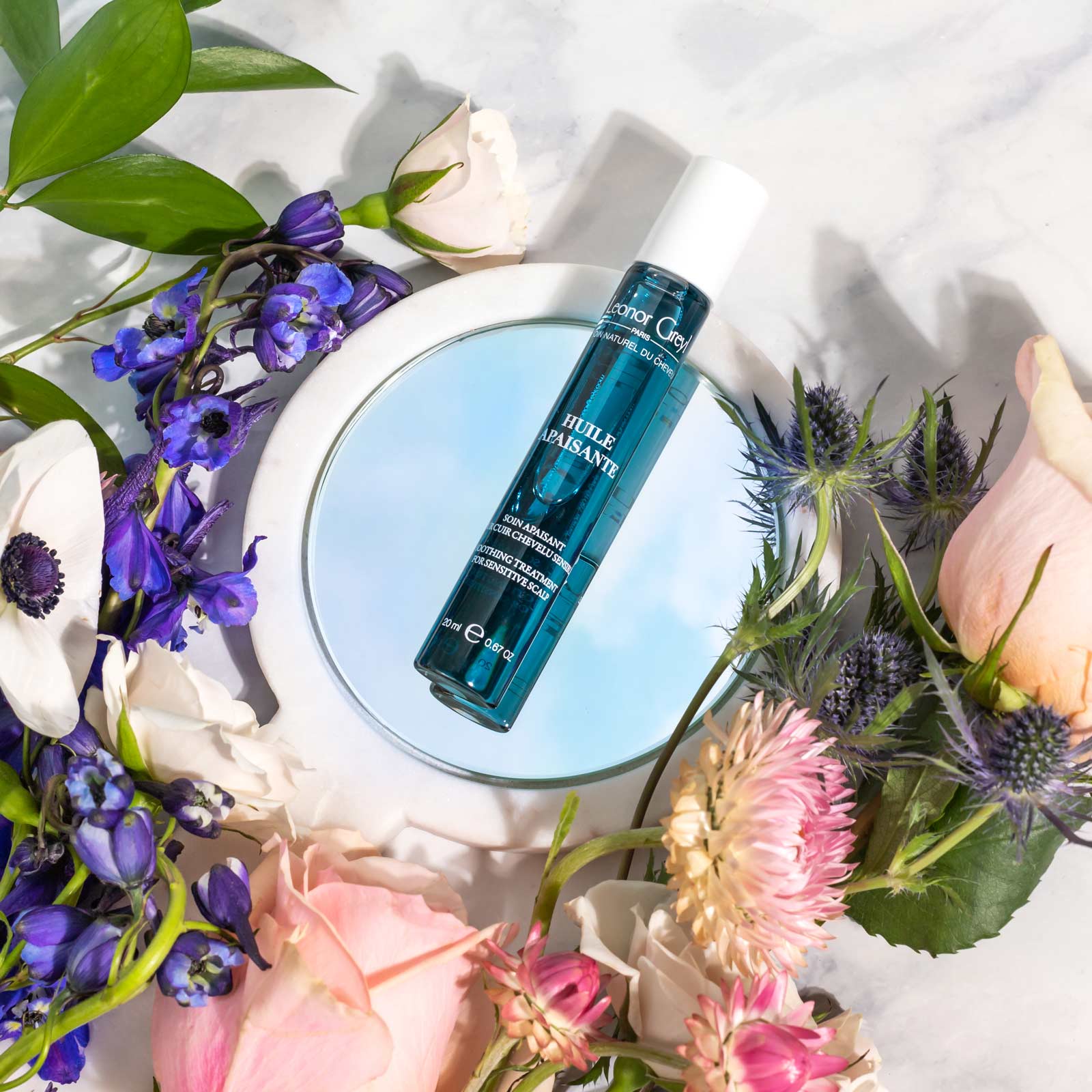
While radiation does not usually result in hair loss, it can make skin feel sunburned, irritated, and itchy. If this happens, Savano counsels using Huile Apaisante, a calming oil for itchy, sensitive skin, as well as Huile de Magnolia, which softens and soothes skin.
Scalp-cooling therapy
Using a cold cap during chemotherapy treatments has shown promise in reducing hair loss. It’s still relatively new and not widespread in the United States yet, but worth asking about should you need to undergo chemotherapy. Savano has clients who have had success with it, and recommends using Leonor Greyl products in conjunction.
It’s important to know that everyone’s journey through breast cancer is different, and to find the solutions that work best for you. Savano says her clients who have used the above regimen of Leonor Greyl products during and after chemo have seen a difference in what their hair looked and felt like as it grew back. Maybe more importantly, they were empowered by helping create that successful outcome for themselves.
Leonor Greyl is partnering with the National Breast Cancer Foundation during Breast Cancer Awareness Month, donating 1% of online sales in the month of October.
Products Mentioned in this Post
-
Leave-In Scalp Treatment for Thinning HairOriginal price was: $92.00.$73.60Current price is: $73.60.
Add to cart -
Leave-In Spray for Thinning Hair and Scalp HealthOriginal price was: $63.00.$37.80Current price is: $37.80.
Add to cart -
Invigorating and Purifying Essential and Botanical Oils for the ScalpOriginal price was: $41.00.$32.80Current price is: $32.80.
Add to cart

